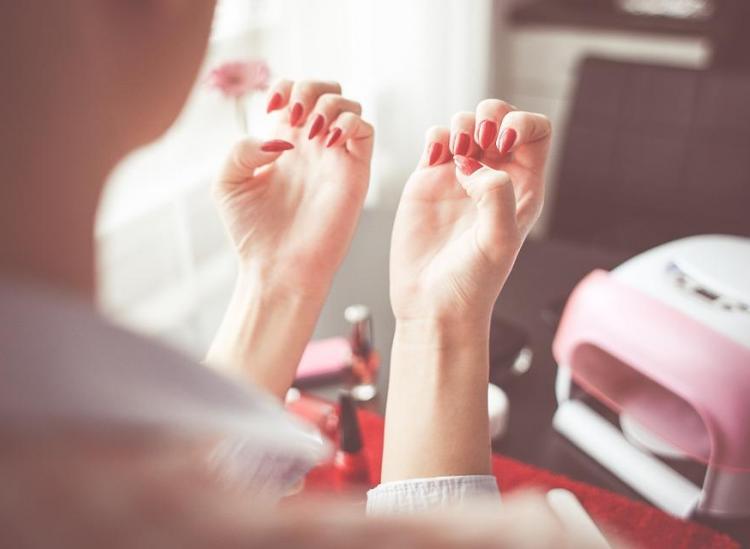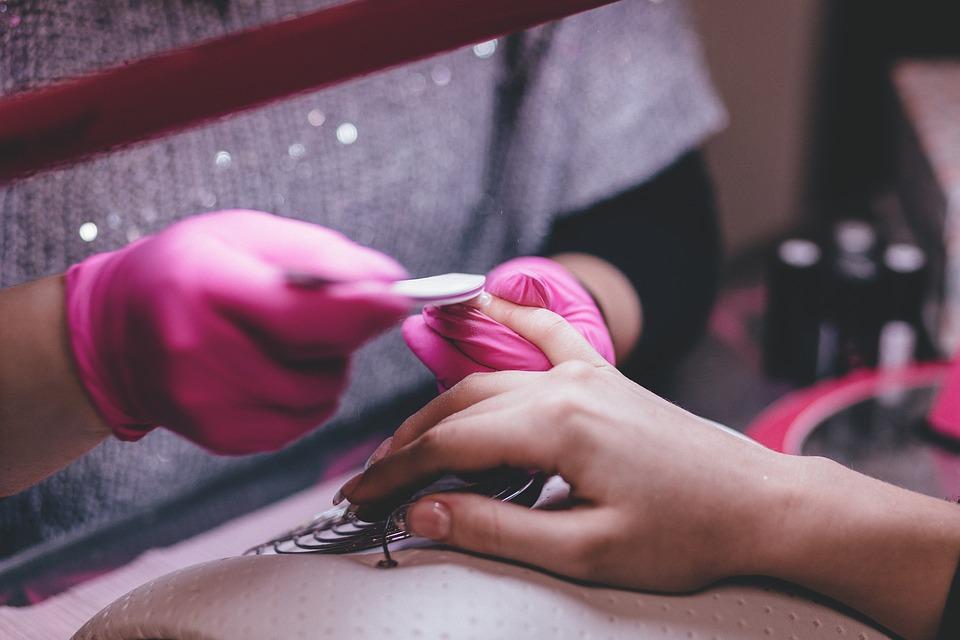Make Sure Your Nail Polish Remover Doesn’t Include These Ingredients

Pixabay
If you paint your nails even semi-regularly, you know the struggle that is using nail polish remover. It reeks, it dries the hell out of your skin and nails, and it makes eating finger foods later that day the least appetizing experience ever. It can also expose you to ingredients that definitely don’t do your health any favors. Here are the most common active ingredients found in nail polish removers and how they impact your nails, as well as your body in general.
Acetone
Acetone is the most commonly used solvent in nail polish removers today. It’s the most effective in dissolving the resins uses in polishes, but it’s also very strong and harsh, easily drying out your nails and surrounding skin. While it hasn’t been proven to be hazardous to your health in limited quantities, there is some speculation that the organic compound poses a cancer threat when you’re exposed to high quantities. Its severe drying properties are what inspired the advent of non-acetone nail polish removers, but those actually pose more substantial threats to your health.
Toluene
Also known as methylbenzene or phenylmethane, toluene is derived from petroleum or coal sources. Using it repeatedly has been previously linked to headaches, nausea and even birth defects for pregnant women. Yet, as long as the nail polish remover includes no more than 50 percent toluene, the FDA considers it safe to use. Hmmm…

Pixabay
Ethyl Acetate
This solvent is derived from ethanol and is one of the most common ingredients found in non-acetone-based nail polish removers. However, it’s a potential irritant that has been linked to both neurological problems and cancer with prolonged exposure.
Methanol
Lastly, we have methanol, which is also used in non-acetone nail polish removers. Surprisingly, it’s more toxic at lower levels than acetone, begging the question why it’s treated as a legitimate substitute in the first place. It can irritate your skin, eyes and lungs, and it can cause both dizziness and headaches.
At the end of the day…
We say opt for acetone for the lowest risk. Just use it sparingly — no more than twice a month — and then rehydrate your nails and skin with essential oils and vitamin E before layering on new coats of polish. That little bit of breathing room can go a long way for healthy nails.
And remember: All of these solvents used in nail polish removers are flammable, so never store or use them near a heat source.
Sign up for Daily Fit by Swirled, our newsletter featuring a wellness tip of the day and must-read health news from around the web! You’ll be one step closer to living a healthy, balanced life.
RELATED
10 Home Remedies For Keeping Your Nails Strong And Beautiful
7 Foods That Naturally Strengthen Your Hair And Nails











